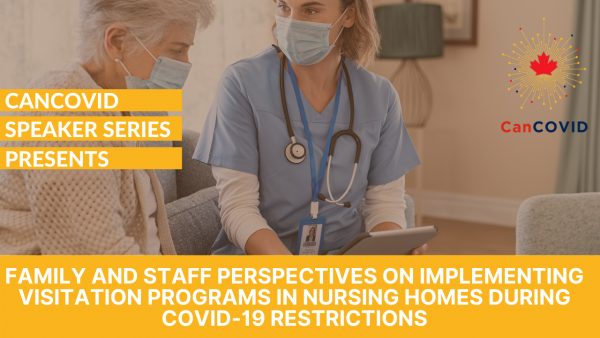Supports and interventions used in OECD countries to integrate unpaid caregivers into long-term care settings and those aging in place
Question
- How have other countries, similar to the Canadian context, integrated essential unpaid caregivers into (1) long-term residential care and (2) care for those ‘aging in place?’
- What were the key learnings and how can these practices be best applied to Canada?
Executive Summary
As the number of older adults increases in Canada, there is a need to enhance the extent of support, recognition, and engagement of unpaid caregivers given their role and contributions as partners in providing care. This will involve potential changes within the long-term care (LTC) sector, for healthcare professional practice, and with implications for government policy. This will necessitate policy changes in the unpaid and formal care sector, and wider health and social care sector.
The literature on the integration of unpaid caregivers is concentrated on hospital and LTC settings and is scant for unpaid caregivers caring in the community or for those who are ‘aging in place’ although in Canada, this is where the majority of older adults are living, and where the majority of unpaid caregivers are involved in providing care. In this paper, we consider the available evidence on integrating caregivers in the LTC setting. In general, caregiver research in post-acute LTC settings lags behind the research on caregiving in acute settings, likely because the need to discharge patients leads to a necessary transfer of caregiving from professional caregivers to the patient’s informal or unpaid caregivers. There is much that can be learned from caregiving research in acute settings with some major differences including the longer length of stay and the need for end-of-life planning for LTC residents.
This report presents examples in many Organisation for Economic Co-operation and Development (OECD) countries that provide interventions to support the integration of unpaid caregivers, including the US, Germany, England, Spain, the Netherlands, Ireland, Finland, Hungary, Australia, Austria, and Canada. The majority of these initiatives involve financial supports, respite care, education/training, and COVID‑19 specific supports (access to personal protective equipment (PPE), priority to receive vaccines, and testing). Interventions mainly fell into two categories: those that help to recognize unpaid caregivers as essential caregivers and those that support caregiver-staff partnerships.





